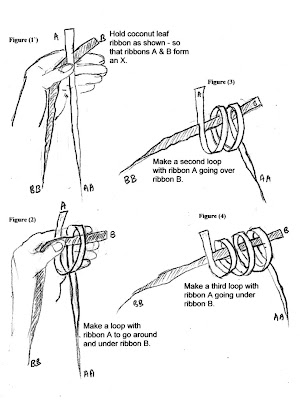How To Perform Adult CPR
klik di juduk untuk mendownload
How To Perform Adult CPR
How To Perform Adult CPR
CPR saves lives. Whether it helps someone you love or a stranger on the street, familiarizing yourself with these techniques can make all the difference in a life or death situation.
- Step 1:
-
Check
- First, you should check the scene, and then later on you're going to check the victim.
When you check the scene you want to make sure that it's safe for you. You want to make sure you do not become another victim. So, check for safety, then check for the number of victims. How many victims do you have? Clues as to what could have happened. Look around for other bystanders who can help you. These bystanders can help you by calling 911, stop traffic, and other things of that nature.
Now, check the victim. Find out if they are unconscious. The best way to find out if the victim is conscious is to talk to them. Tap and shout and see if they respond to you. - Step 2:
-
Call
- If they are unconscious or under any other life-threatening conditions, you should automatically call 911. Preferably, send a bystander to call 911.
- Step 3:
-
Care
- Care involves the ABCs taught in Red Cross CPR classes. A is for airway, B is for breathing and C is for circulation.
- Step 4:
-
A for Airway
- To open the airway, tilt the head back, lift the chin and look, listen, and feel for up to ten seconds. This way you can tell if a person is breathing.
- Step 5:
-
B for Breathing
- If there is no breathing, go to the "B" step, which involves 2 rescue breaths. Tilt the head back, pinch the nose, lift the chin and give two breaths. Those breaths are about 1 second long.
If the breaths go in, that tells you there is no blockage. Look over the body and see if there's any bleeding. Then, begin CPR.
If the breaths did not go in, the victim is choking and the airway is obstructed. Follow the steps for unconscious choking. - Step 6:
-
C for Circulation
- The American Red Cross prefers that laypersons no longer check for a pulse on an adult. So, checking for circulation in a victim involves watching them for coughing, movement, or normal breathing. If there are no visible signs, rescuers should begin CPR.
- Step 7:
-
CPR
- Give 30 chest compressions and 2 breaths 5 times in 2 minutes.
To perform chest compressions on an adult, place the heel of one hand on the center of the person's chest, between the nipples. Keeping your elbows straight, place your other hand on top of the first hand.
With your shoulders above your hands, push straight down and compress the chest about 1 and a half to 2 inches. - Step 8:
-
Stopping CPR
- Do not stop after you begin CPR. Do not stop to recheck. Continue until you see signs of life. That means that the victim is moving, coughing breathing, moaning, anything that would indicate that the person is alive. Please note that vomiting is not a sign of life. You can stop when another trained person takes over, a defibrillator is ready to be used, the scene becomes unsafe, or you are physically exhausted.
- Step 9:
-
Recovery
- If the victim shows signs of life, log roll the victim into the recovery position with their stomach on the ground and their head to the side, so they do not choke. Wait for rescue personnel to arrive.


Komentar
Posting Komentar